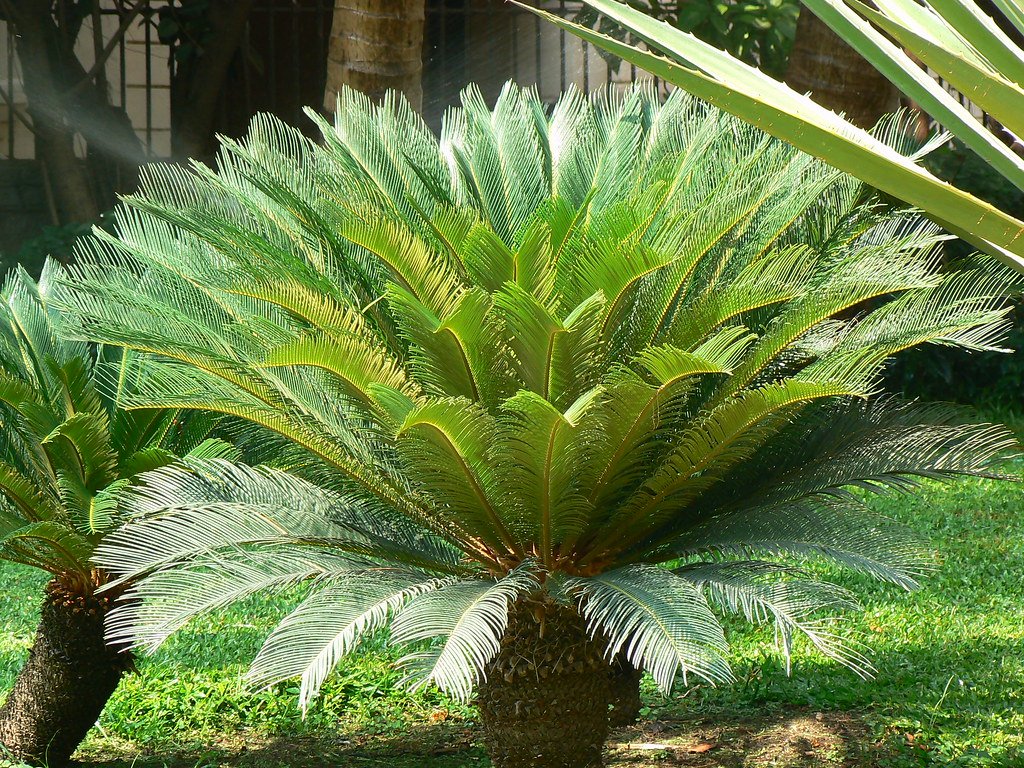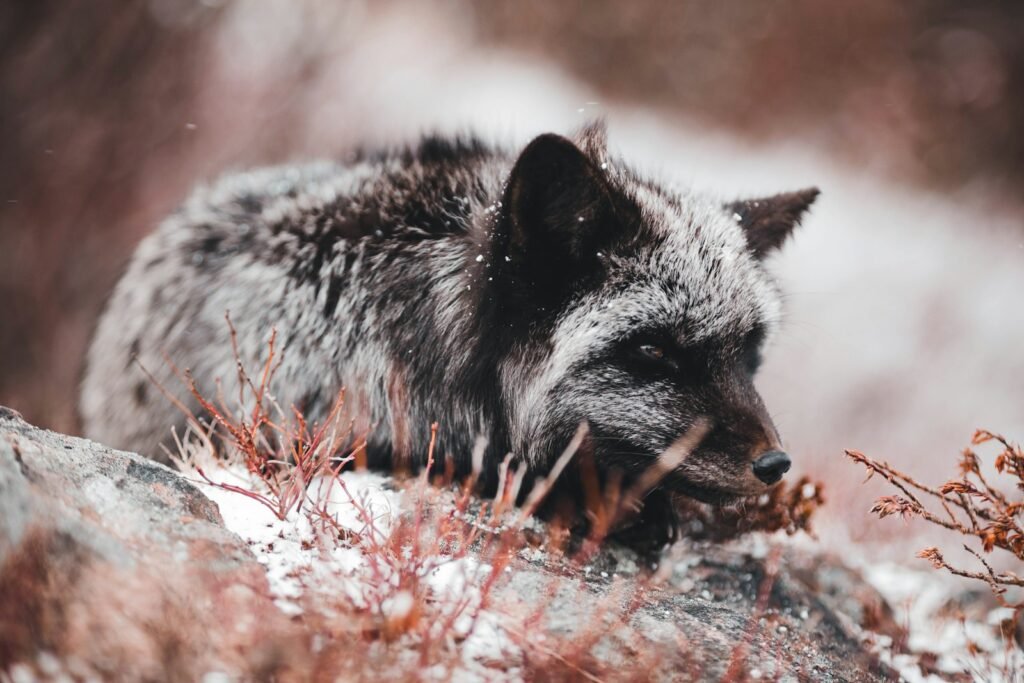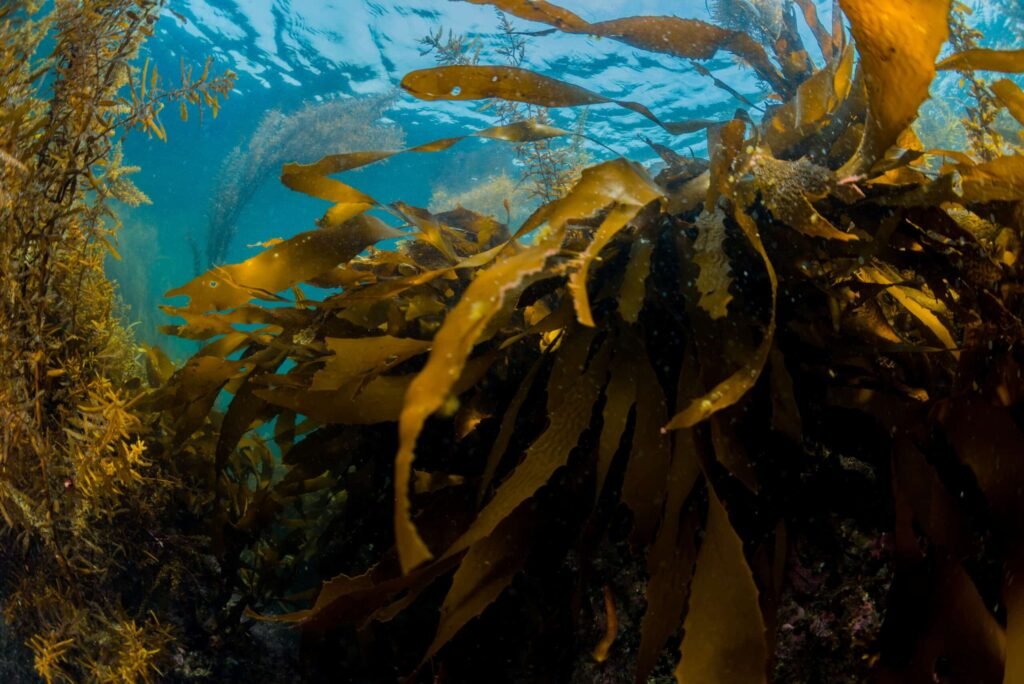Imagine stepping into a world where glaciers stretched across continents, temperatures plummeted to bone-chilling extremes, and most life forms faced extinction. Yet somehow, against all odds, certain plants not only survived but thrived through multiple ice ages spanning millions of years. These botanical survivors represent some of the most remarkable examples of adaptation and resilience in Earth’s history, carrying within their genetic code the secrets of survival that continue to amaze scientists today.
The Great Botanical Survivors

When glaciers began their relentless march across continents approximately 2.6 million years ago, the plant kingdom faced its greatest test. While countless species vanished forever, a select group of hardy plants managed to endure conditions that would make modern Arctic explorers shudder. These survivors didn’t just barely hang on – they developed extraordinary mechanisms that allowed them to flourish in environments where temperatures regularly dropped below -40°F.
What makes these plants truly extraordinary is their ability to essentially pause their biological processes during extreme cold, then rapidly resume growth when conditions improved. Think of it like nature’s own cryogenic preservation system, but infinitely more sophisticated than anything humans have developed.
Welwitschia: The Desert Time Traveler
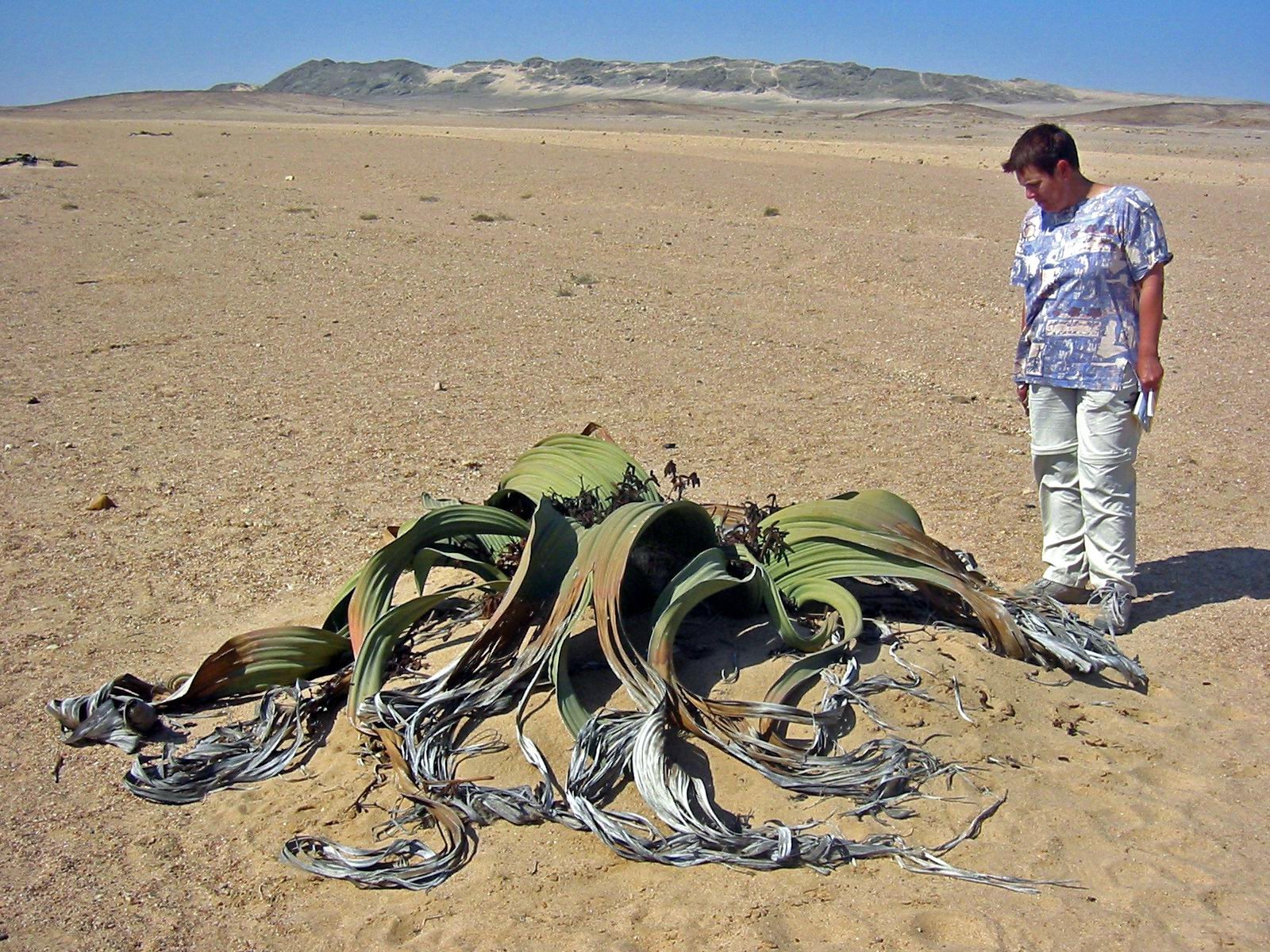
In the harsh Namib Desert stands one of Earth’s most ancient survivors – Welwitschia mirabilis. This bizarre plant, which resembles a giant wilted lettuce, has been growing in the same spot for over 1,500 years, with some specimens potentially reaching 2,000 years old. Despite its desert home, Welwitschia survived ice ages by developing an incredibly deep taproot that can extend over 100 feet underground, accessing water sources that remained liquid even during the coldest periods.
The plant’s two massive leaves, which never stop growing throughout its lifetime, act like natural solar panels and water collectors. During ice ages, these leaves could capture moisture from fog and rare precipitation, while their waxy coating prevented precious water from evaporating. It’s like having a built-in survival kit that never needs replacement.
Ginkgo: The Living Fossil That Defied Extinction
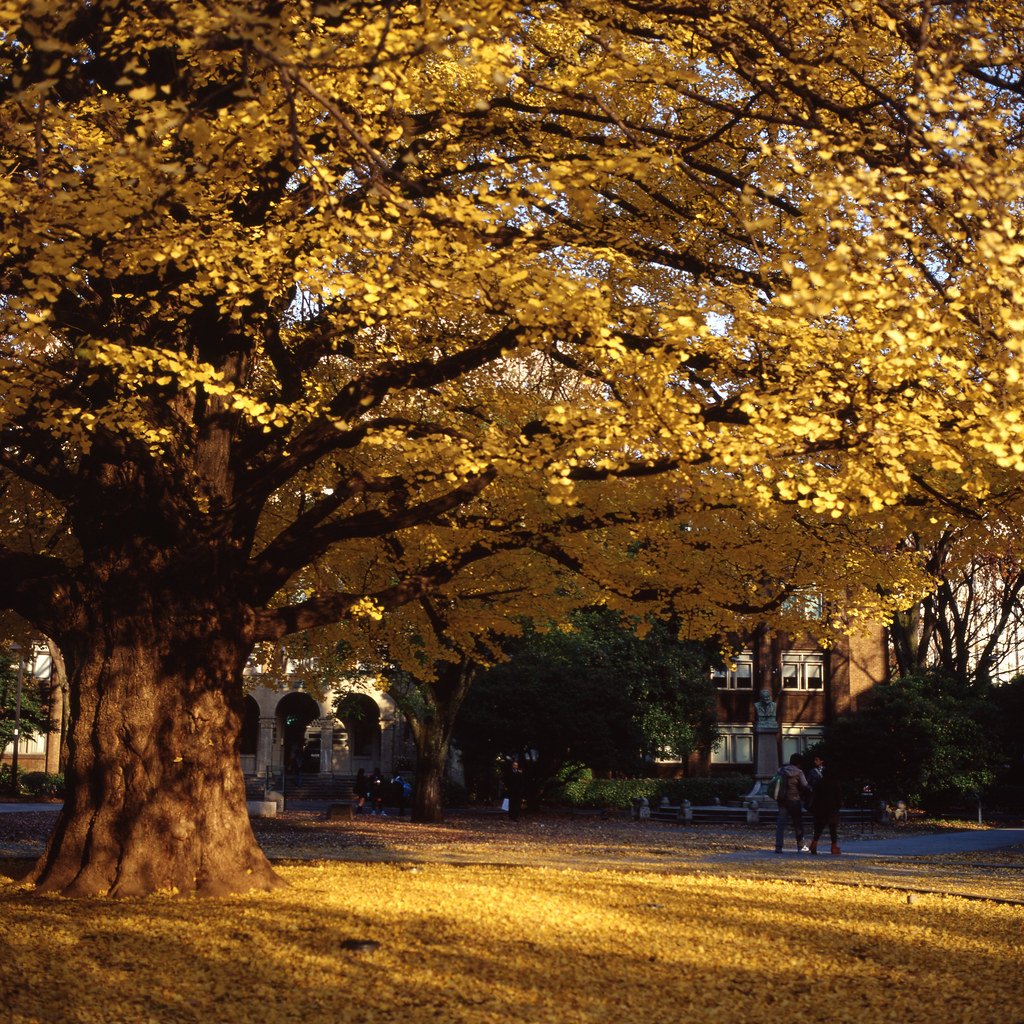
The Ginkgo biloba tree stands as perhaps the most famous ice age survivor, earning its nickname as a “living fossil.” These remarkable trees existed alongside dinosaurs and somehow managed to survive not just one ice age, but multiple glacial periods over 200 million years. What’s truly mind-blowing is that Ginkgo trees can live for over 1,000 years, with some specimens in China believed to be over 2,500 years old.
During ice ages, Ginkgo trees survived by developing an extraordinary ability to go completely dormant, essentially shutting down all non-essential functions while maintaining just enough metabolic activity to stay alive. Their fan-shaped leaves, which turn brilliant gold before falling, contain compounds that act like natural antifreeze, preventing ice crystals from forming in their cells.
Cycads: Ancient Cones That Conquered Time
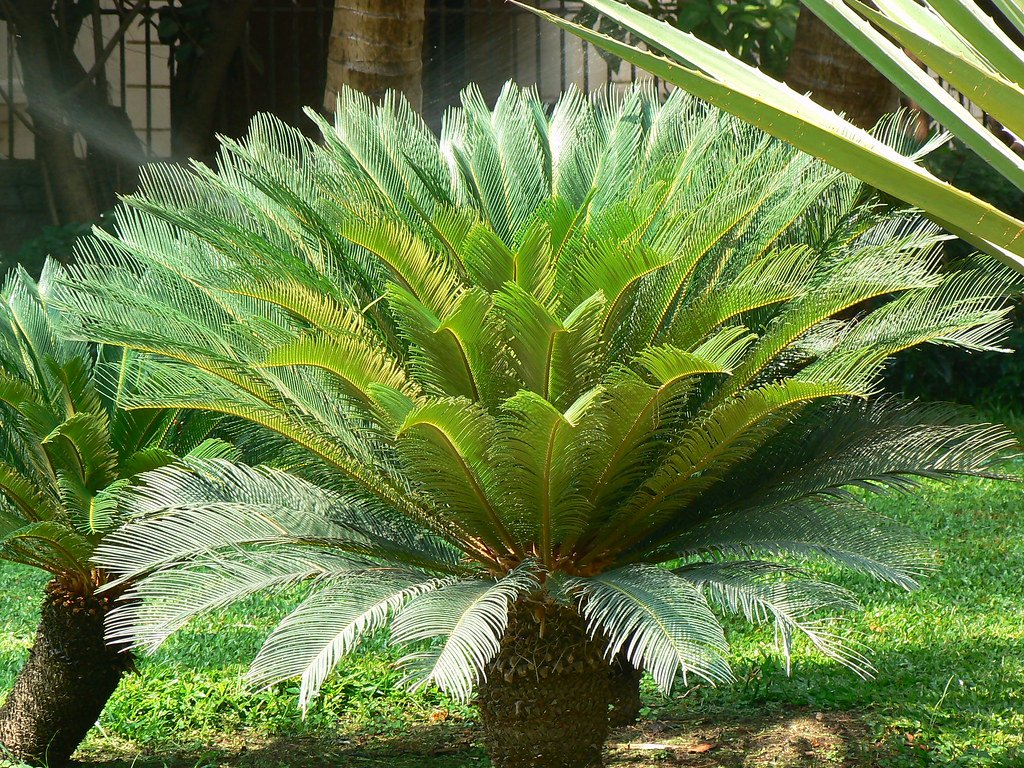
Cycads represent one of the oldest seed plant groups on Earth, with fossil evidence dating back 280 million years. These palm-like plants survived multiple ice ages by developing incredibly slow metabolisms and the ability to store massive amounts of energy in their thick, underground stems. Some cycads grow so slowly that they add only one new leaf per year, making them the tortoises of the plant world.
What’s particularly fascinating is that cycads developed relationships with specific nitrogen-fixing bacteria that helped them survive in nutrient-poor soils during ice ages. This partnership allowed them to thrive in conditions where other plants couldn’t even establish roots, creating their own little ecosystems of survival.
Arctic Willow: The Carpet of Survival
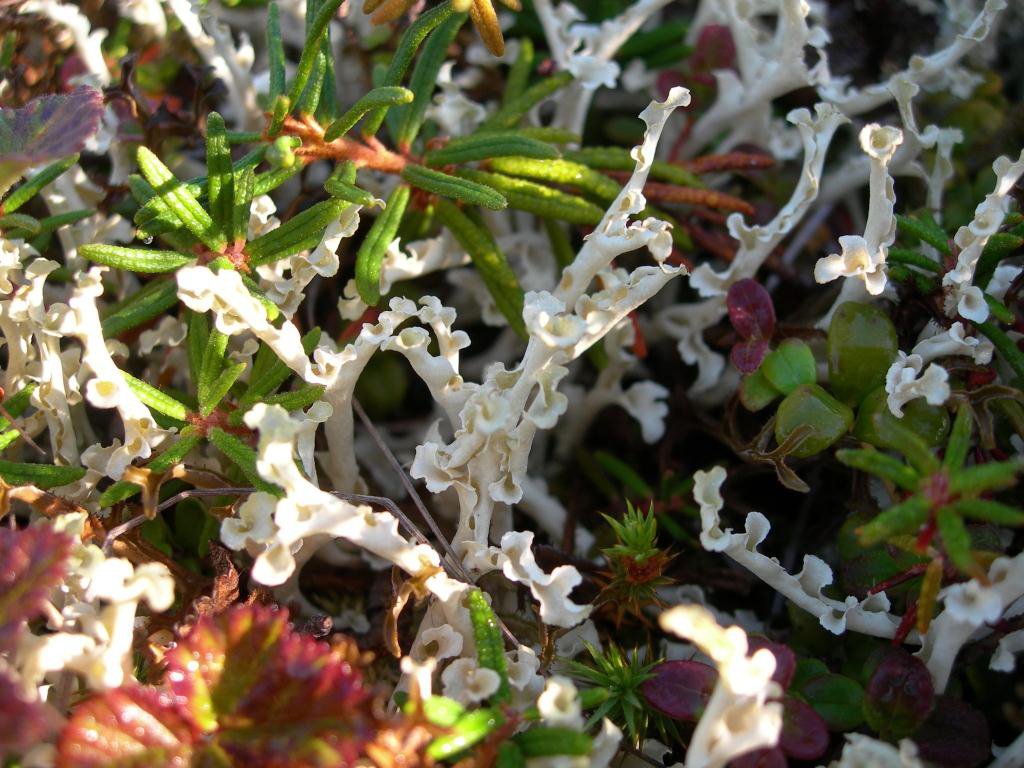
While most trees grow tall and proud, the Arctic willow took a completely different approach to ice age survival – it decided to hug the ground. This remarkable plant rarely grows taller than four inches, instead spreading horizontally across the tundra like a living carpet. This strategy proved brilliant during ice ages, as the plant could take advantage of the slightly warmer temperatures found close to the earth’s surface.
The Arctic willow’s leaves are covered in fine hairs that trap warm air, creating a microclimate that can be several degrees warmer than the surrounding environment. During the harshest winters, these plants essentially become living snow forts, with their low profile allowing them to be completely buried and insulated by snow cover.
Resurrection Plant: Death and Rebirth Mastery
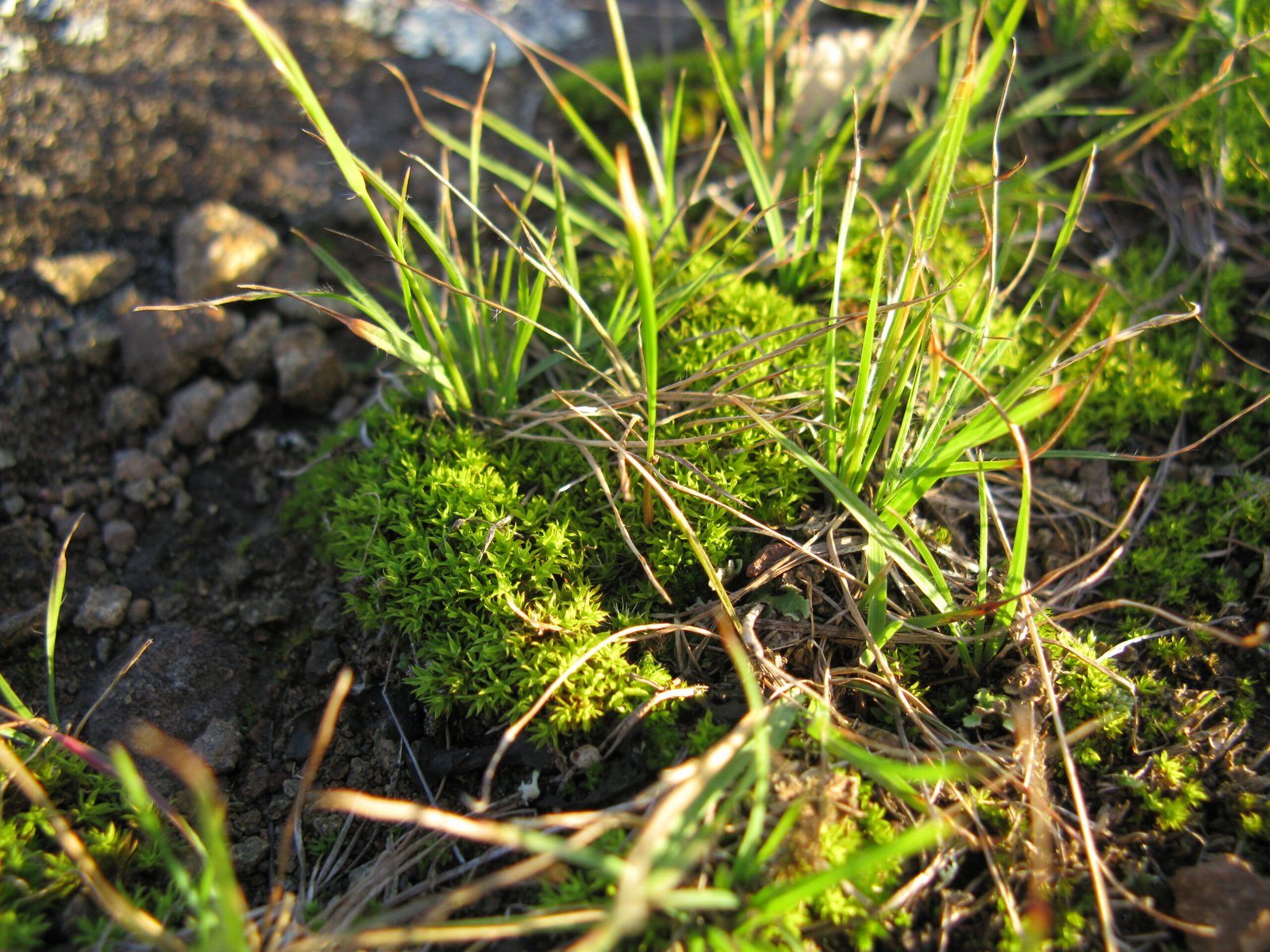
The resurrection plant, Selaginella lepidophylla, has mastered perhaps the most extreme survival strategy of all – it can literally die and come back to life. During ice ages, when water became scarce due to most moisture being locked in glaciers, this plant would completely desiccate, curling up into a brown, seemingly dead ball. But add just a few drops of water, and within hours, it transforms back into a lush, green plant.
This incredible ability comes from specialized cells that can lose up to 95% of their water content without dying. The plant’s tissues contain unique proteins that protect cellular structures during dehydration, essentially creating a biological time capsule that can remain dormant for years if necessary.
Bristlecone Pine: The Methuselah of Trees
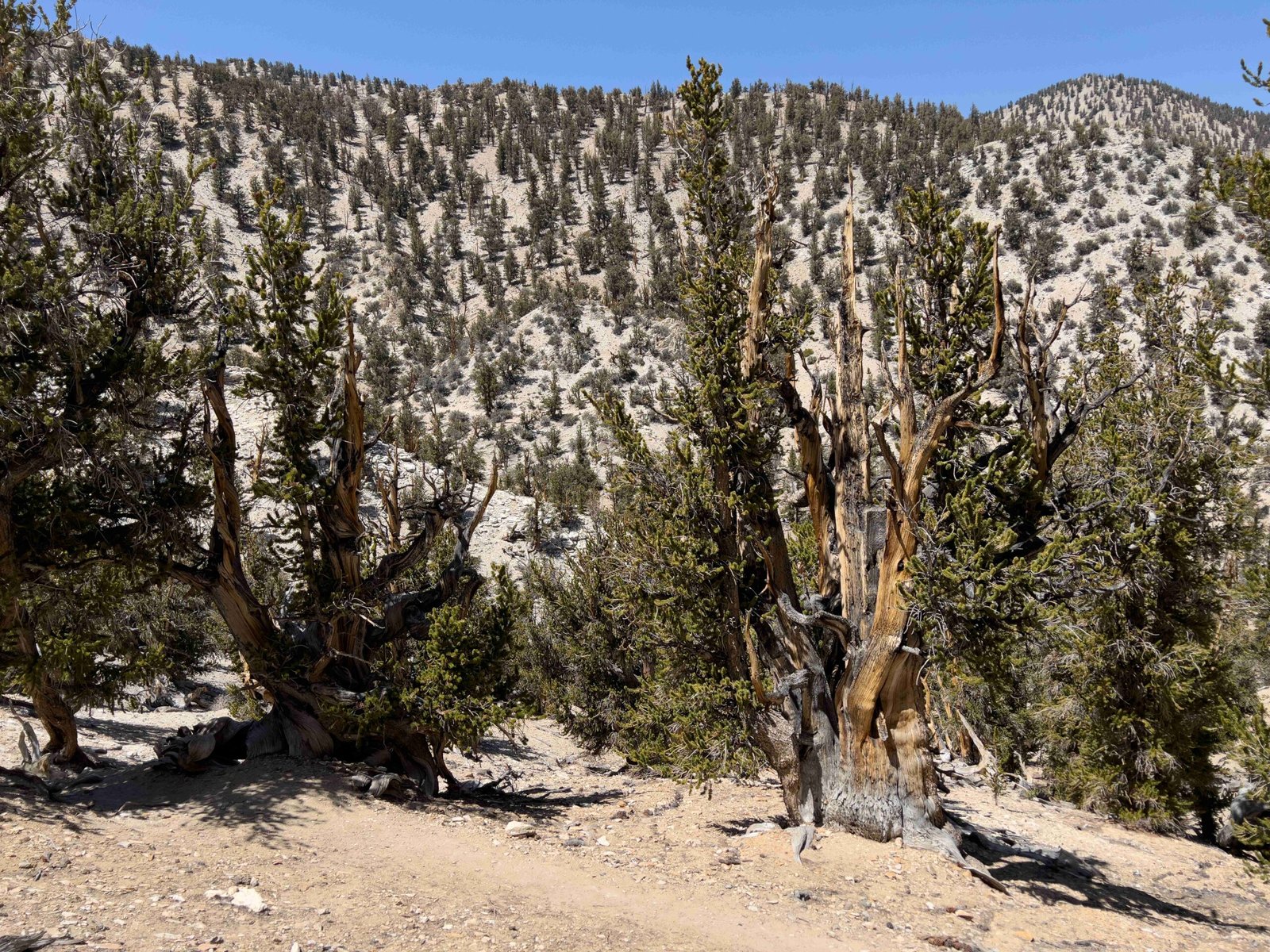
High in the mountains of California and Nevada grow some of the oldest living things on Earth – bristlecone pines. These gnarled, twisted trees can live for over 5,000 years, with the oldest known specimen, nicknamed “Methuselah,” being 4,850 years old. These trees survived ice ages by growing incredibly slowly and developing wood so dense and resinous that it’s nearly indestructible.
Bristlecone pines grow in such harsh conditions that they add only a fraction of an inch to their circumference each year. This slow growth creates wood that’s incredibly resistant to insects, disease, and rot – nature’s version of building with reinforced concrete. During ice ages, these trees could survive on minimal resources, sometimes going decades with almost no growth at all.
Moss: The Humble Champions

While other plants developed complex strategies, mosses conquered ice ages through sheer simplicity and adaptability. These humble plants lack true roots, stems, or leaves, instead absorbing water and nutrients directly through their surfaces. This simple design proved incredibly effective during ice ages, as mosses could quickly rehydrate and resume photosynthesis whenever conditions improved, even if it was just for a few days.
Mosses also developed the ability to survive complete dehydration and freezing, entering a state called cryptobiosis where all metabolic processes stop. In this state, they can survive temperatures that would kill most other plants, essentially becoming biological time capsules that can remain dormant for months or even years.
Ferns: Spore-Powered Survivors
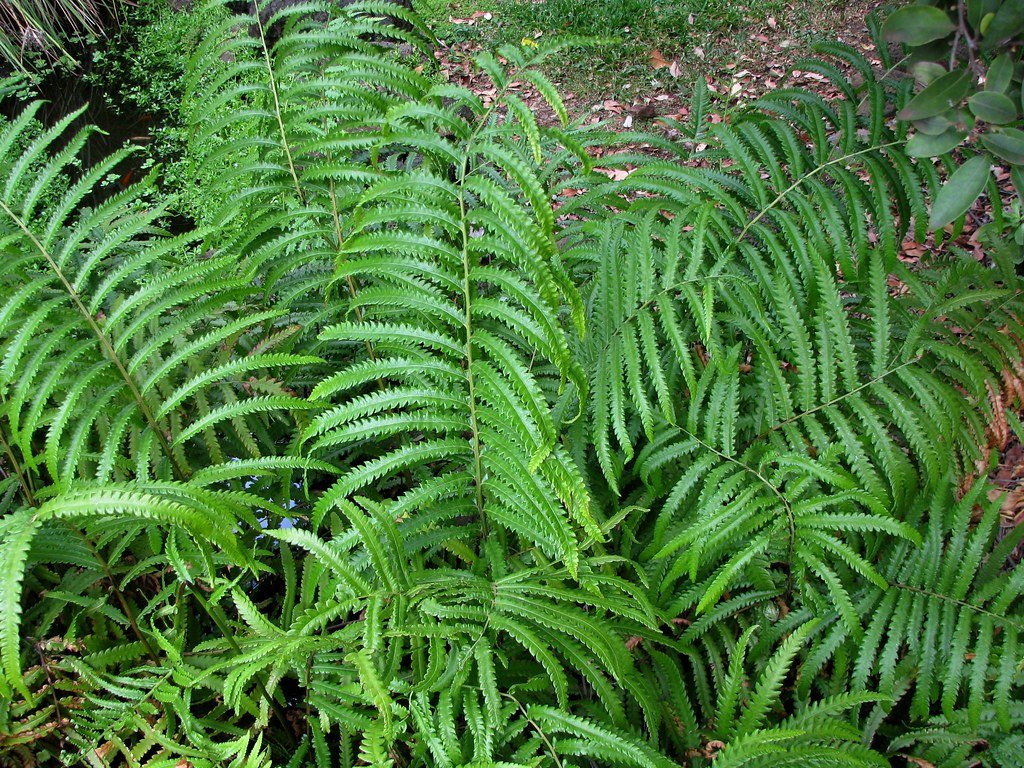
Ferns represent some of the most ancient plants on Earth, with fossil evidence dating back 360 million years. These plants survived multiple ice ages by developing incredibly hardy spores that could remain dormant for extended periods. Unlike seeds, which contain stored food for the developing plant, fern spores are tiny and can be carried vast distances by wind, allowing them to colonize new areas as glaciers retreated.
Many ferns also developed the ability to reproduce both sexually through spores and asexually through underground rhizomes. This dual reproductive strategy meant that even if the above-ground portions died during harsh winters, the underground portions could survive and rapidly regenerate new plants when conditions improved.
Horsetails: Living Fossils of the Wetlands
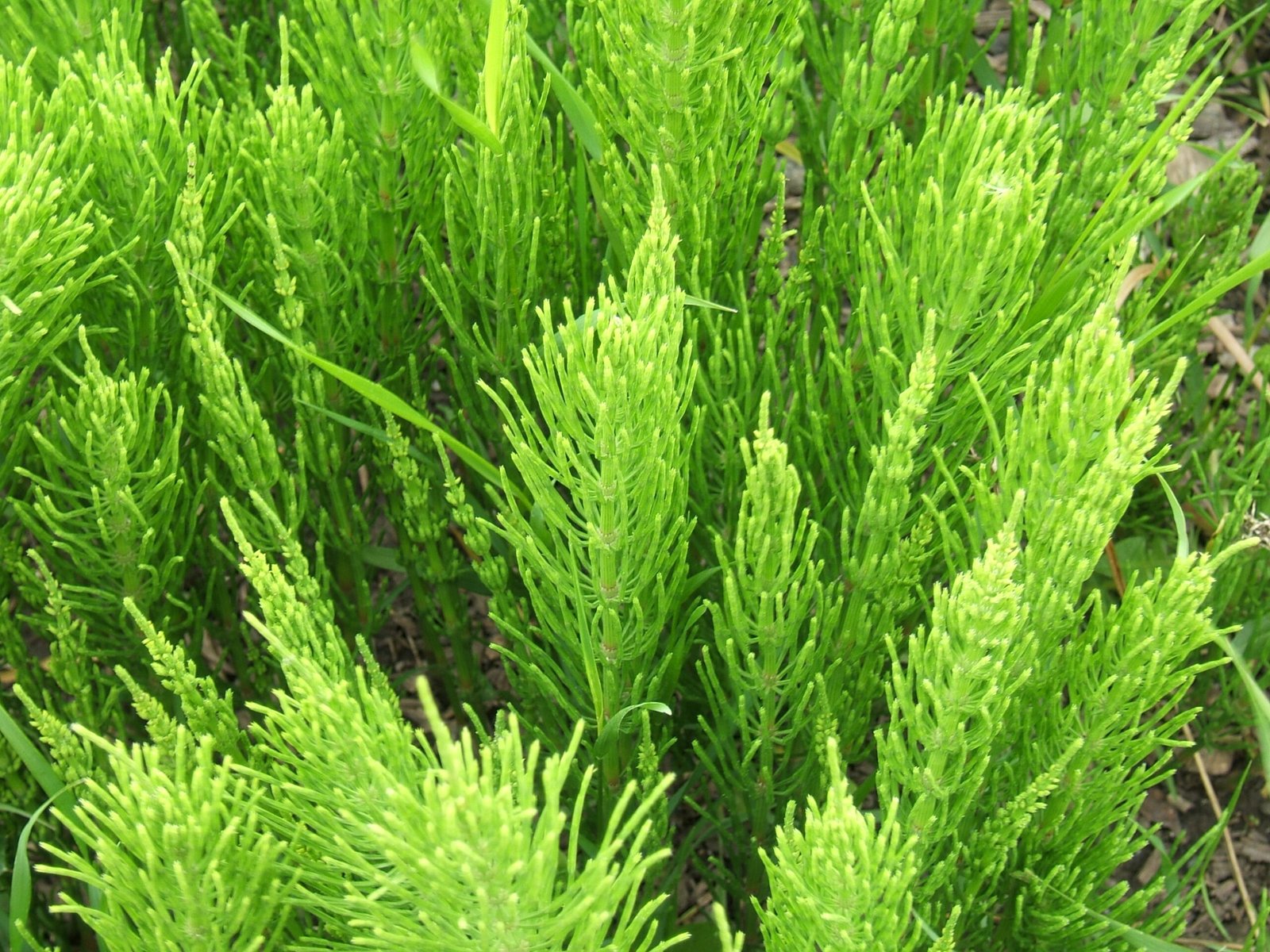
Horsetails, or Equisetum, are among the most ancient plant lineages still alive today, with ancestors that grew as tall as trees during the Carboniferous period. These segmented plants survived ice ages by developing hollow stems filled with air chambers that provided insulation, and silica-hardened cell walls that prevented ice crystal formation. Their underground rhizomes could extend several feet deep, accessing water and nutrients even when surface conditions were frozen solid.
What makes horsetails particularly remarkable is their ability to thrive in disturbed soils and wetlands – exactly the types of environments that became common as glaciers advanced and retreated. They essentially became the pioneer species of the ice age world, rapidly colonizing newly available habitats.
Lichens: The Ultimate Partnership

Lichens aren’t actually single plants but rather a symbiotic partnership between fungi and algae or cyanobacteria. This collaboration proved incredibly successful during ice ages, as the fungal partner provided structure and protection while the photosynthetic partner produced food. Together, they could survive in environments where neither could exist alone, including bare rock surfaces and extreme cold.
Some lichens can survive temperatures as low as -196°C and can remain dormant for decades without water. They grow incredibly slowly, with some specimens adding less than a millimeter per year, but this slow growth allows them to persist in harsh conditions where faster-growing plants would quickly exhaust available resources.
Sedges: The Grassland Survivors
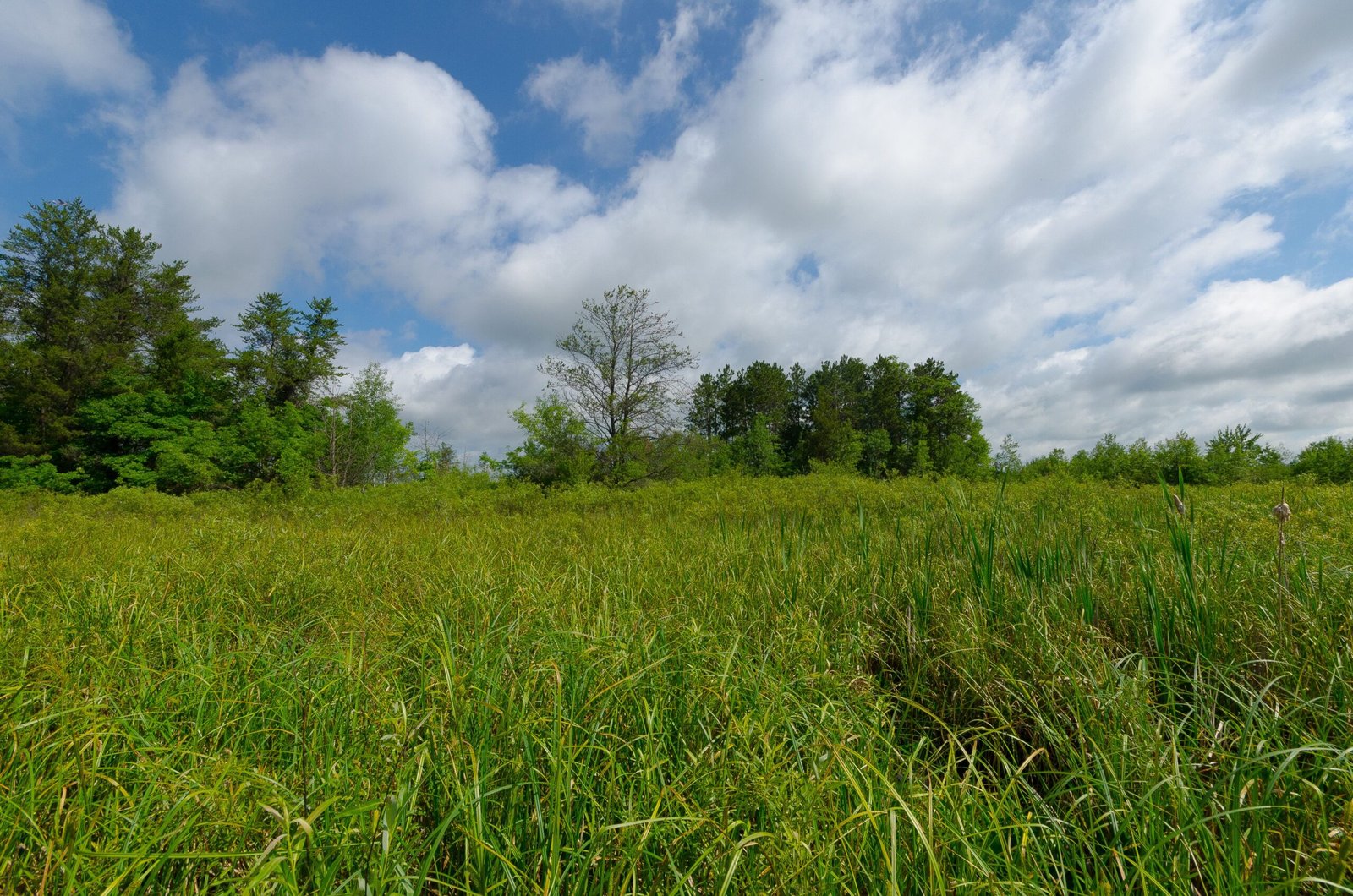
While true grasses are relatively recent evolutionary arrivals, sedges have been around for millions of years and proved remarkably successful at surviving ice ages. These grass-like plants developed extensive underground root systems that could access water and nutrients even when surface conditions were frozen. Their triangular stems and narrow leaves reduced surface area exposed to cold winds, while their ability to grow in dense clumps provided mutual protection.
Sedges also developed the ability to photosynthesize even at very low temperatures, allowing them to take advantage of brief warm periods that might last only a few days. This flexibility meant they could continue growing and reproducing even during the harshest phases of ice ages.
Cushion Plants: Alpine Fortresses
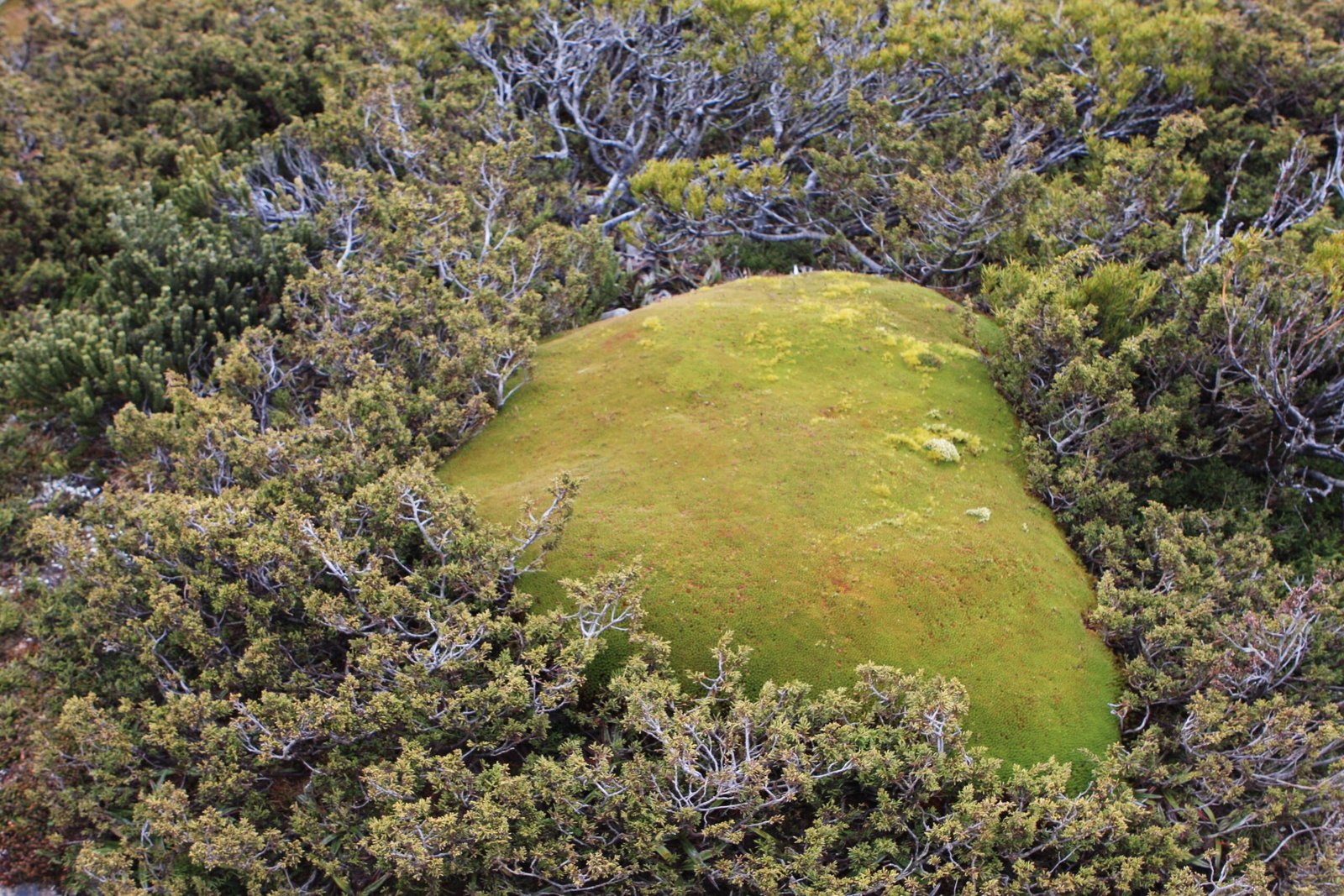
In high mountain environments, cushion plants developed one of the most effective cold-weather strategies – they grew in tight, compact mounds that created their own warm microclimates. These plants, which include species like moss campion and alpine forget-me-not, form dense cushions that can be several degrees warmer on the inside than the surrounding air temperature.
The cushion growth form also provides protection from fierce winds and helps retain moisture. During ice ages, these plants essentially created their own little fortresses, with the outer layers protecting the inner plants from extreme conditions. Some cushion plants can live for hundreds of years, slowly expanding their protective mounds over time.
Evergreen Conifers: The Needle Strategy
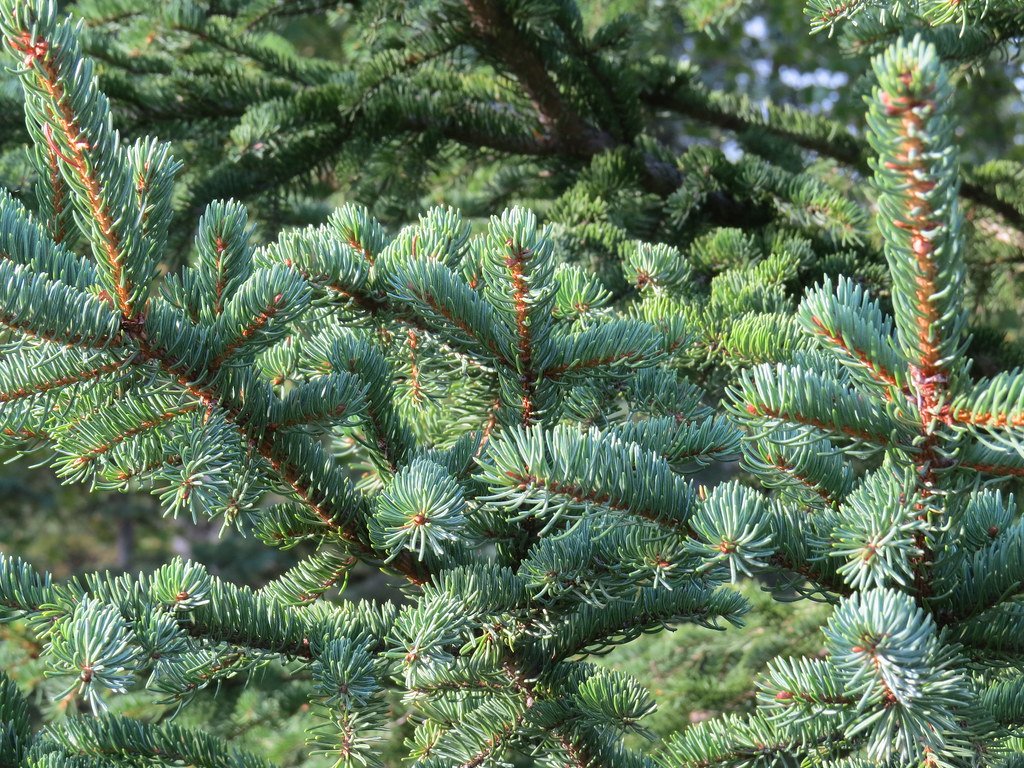
Evergreen conifers like spruce, fir, and pine developed a winning strategy for ice age survival – they kept their leaves year-round but made them into needles. This design reduced surface area exposed to cold and wind while maintaining the ability to photosynthesize whenever conditions permitted. The waxy coating on needles also helped prevent water loss during dry, cold periods.
These trees also developed the ability to lower the freezing point of their sap by concentrating sugars and other compounds, essentially creating natural antifreeze. Their conical shape helped shed snow and ice, preventing branches from breaking under heavy loads, while their deep root systems could access water even when surface layers were frozen.
Succulent Survivors: Water Storage Masters
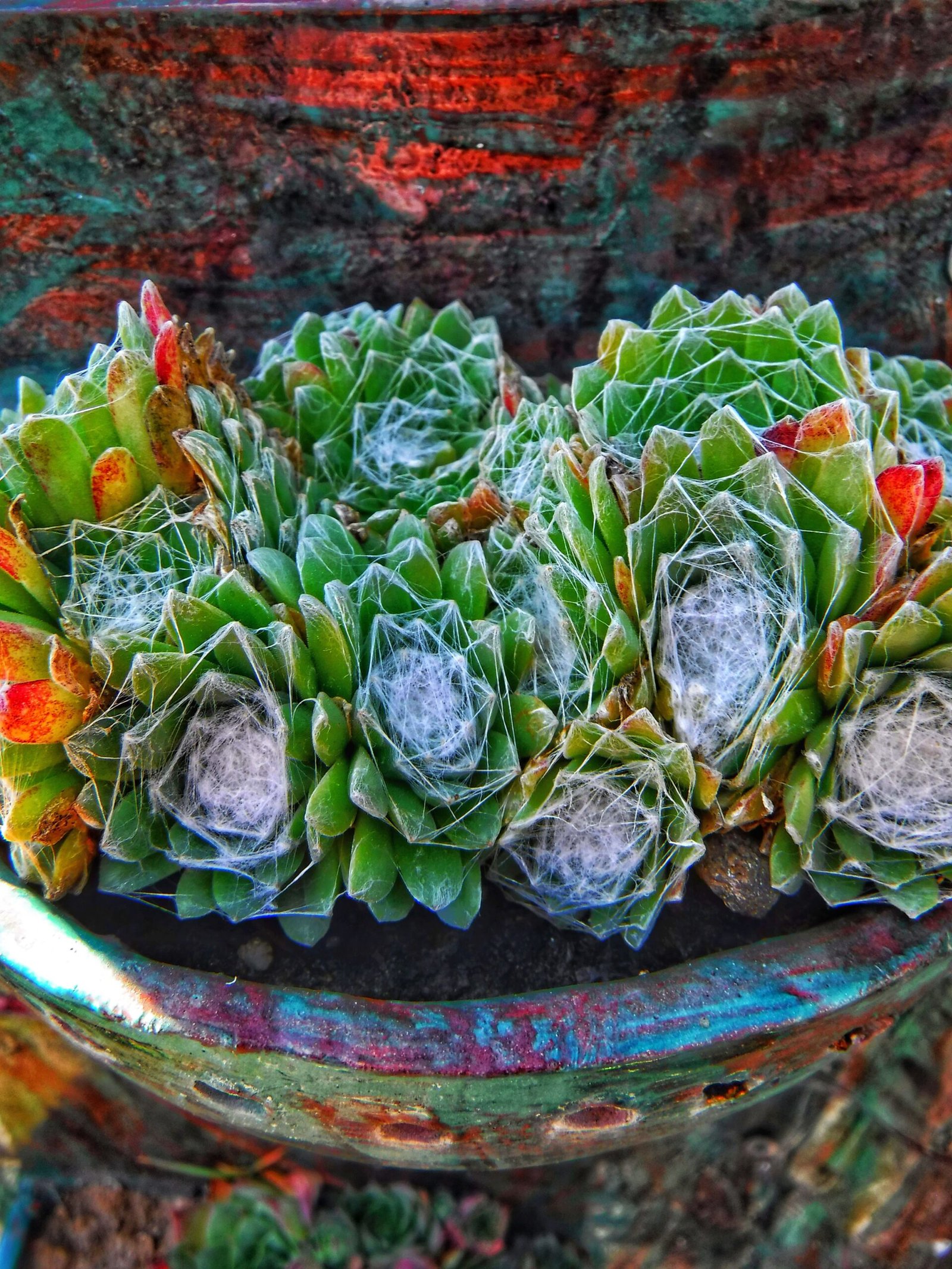
While we typically think of succulents as desert plants, many species actually evolved their water-storing abilities as a response to ice ages. When most water was locked up in glaciers, these plants developed thick, fleshy leaves and stems that could store water for extended periods. Species like certain stonecrops and houseleeks survived ice ages by hoarding water during brief warm periods and rationing it during long, cold stretches.
These plants also developed specialized metabolism called CAM photosynthesis, which allows them to open their stomata only at night when water loss is minimal. This adaptation proved crucial during ice ages when every drop of water was precious and daytime conditions were often too harsh for normal photosynthesis.
Grasses: The Late Bloomers That Thrived

Although grasses are relative newcomers to the plant world, appearing only about 70 million years ago, they proved remarkably successful at surviving ice ages. Their secret was growing from the base rather than the tips, which meant they could continue growing even if their upper portions were damaged by frost or eaten by ice age animals. This growth pattern also allowed them to take advantage of the brief growing seasons that characterized ice age periods.
Grasses also developed extensive root systems that could quickly extract nutrients from thawed soils, and their ability to reproduce both by seeds and by spreading underground rhizomes meant they could rapidly colonize new areas as glaciers retreated. Their flexibility and resilience made them the foundation of ice age ecosystems.
Deciduous Trees: The Seasonal Strategists

Deciduous trees like oak, maple, and birch survived ice ages by perfecting the art of seasonal dormancy. These trees developed the ability to completely shut down their above-ground activity during winter, withdrawing all nutrients from their leaves and storing them in their trunks and roots. This strategy allowed them to survive harsh winters while conserving energy for rapid growth during brief spring and summer periods.
The key to their success was developing precise timing mechanisms that allowed them to sense seasonal changes and respond accordingly. They could detect subtle changes in daylight length and temperature, triggering the complex biochemical processes needed to enter and exit dormancy at exactly the right times.
Algae: The Microscopic Survivors
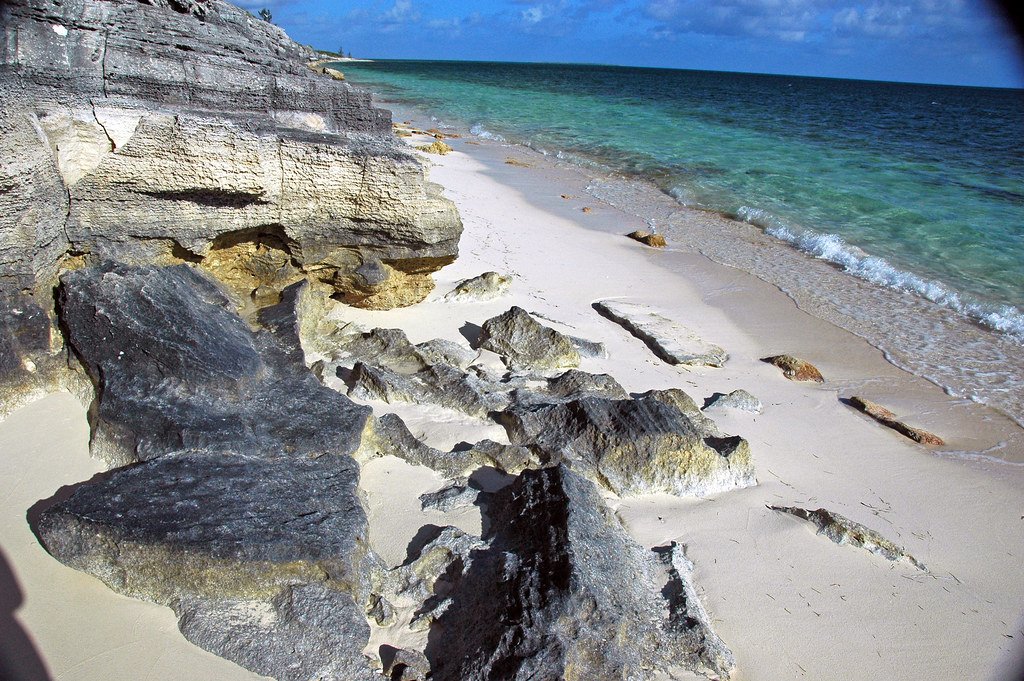
While we often overlook them, algae played a crucial role in ice age survival and recovery. These simple plants could survive being frozen solid and then rapidly resume growth when temperatures rose. Some algae even thrived in the meltwater streams that flowed from glaciers, taking advantage of the minerals and nutrients released from ground-up rock.
Algae also formed the base of food webs in ice age lakes and ponds, providing the foundation for more complex ecosystems. Their ability to photosynthesize under low light conditions meant they could continue producing oxygen and food even during the dark, cold periods that characterized ice age climates.
Mountain Avens: The Arctic Rose
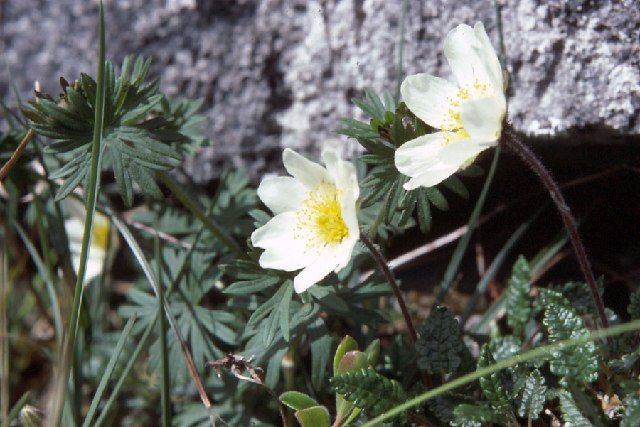
Mountain avens, a member of the rose family, developed one of the most elegant solutions to ice age survival – they created their own solar collectors. The large, white flowers of these plants act like parabolic mirrors, focusing sunlight and creating warm spots that can be 10-15 degrees warmer than the surrounding air. This allows them to extend their growing season and attract pollinators even during cool periods.
These plants also developed the ability to track the sun throughout the day, rotating their flowers to maximize heat collection. The seeds are equipped with feathery structures that help them disperse on wind currents, allowing the species to rapidly colonize new areas as ice sheets retreated.
The Legacy of Ice Age Survivors
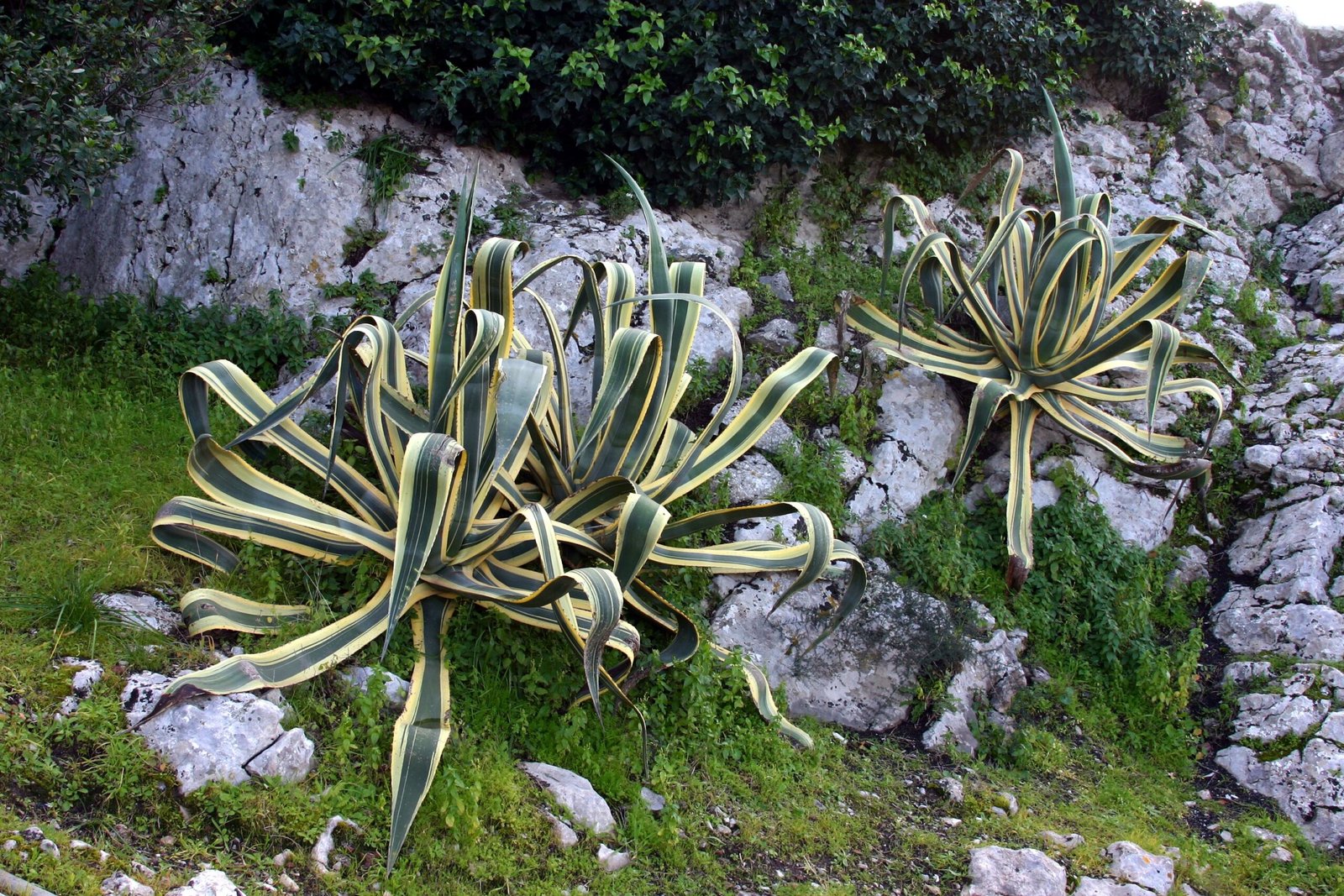
The plants that survived Earth’s ice ages didn’t just endure – they shaped the world we live in today. Their survival strategies continue to inspire scientists developing new technologies for extreme environments, from space exploration to climate change adaptation. The genetic diversity preserved in these ancient lineages provides a living library of survival mechanisms that took millions of years to perfect.
These remarkable plants also serve as living reminders of life’s incredible resilience and adaptability. They demonstrate that even in the face of seemingly impossible odds, life finds a way not just to survive, but to thrive. Their stories of survival offer hope and inspiration as we face our own environmental challenges.
Perhaps most importantly, these ice age survivors remind us that adaptation takes time, and that the natural world contains solutions to problems we haven’t even thought of yet. In their twisted branches, microscopic cells, and ancient DNA lies the wisdom of millions of years of successful survival – lessons that may prove invaluable for our own future on this ever-changing planet.

